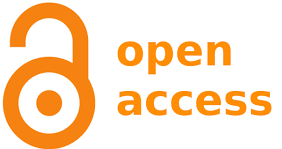Aspire UWA: A case study of widening access in Higher Education
DOI:
https://doi.org/10.5204/ssj.v7i2.337Keywords:
Aspire UWA, non-traditional students, low socio-economic, LSES, widening participationAbstract
Widening university access to students from low socio-economic status (LSES) and non-traditional backgrounds has been a key equity objective for Australian universities, particularly since the 2008 Review into Australian Higher Education (Bradley, Noonan, Nugent & Scales, 2008). Aspire UWA is an equity pathway that aims to inform aspirations and build academic attainment through direct involvement with students who are the “most able least likely” to access the benefits of higher education (Harris, 2010, p. 7). Through forming long-term partnerships with 63 secondary schools across Western Australia (WA), Aspire UWA has grown since 2009 to engage over 10,000 students annually. Its learning framework is designed to deliver age-appropriate activities to inspire and inform students from Years 7-12 to achieve their educational goals. This paper adopts a case study methodology to explore the Aspire UWA approach, the specific operation of Aspire UWA and the efficacy of the program.
Downloads
Downloads
Published
How to Cite
Issue
Section
License
Authors retain copyright and grant the Journal right of first publication with the work simultaneously licensed under a Creative Commons Attribution International Licence (CC BY 4.0) that allows others to share the work with an acknowledgement of the work's authorship and initial publication in this journal.







